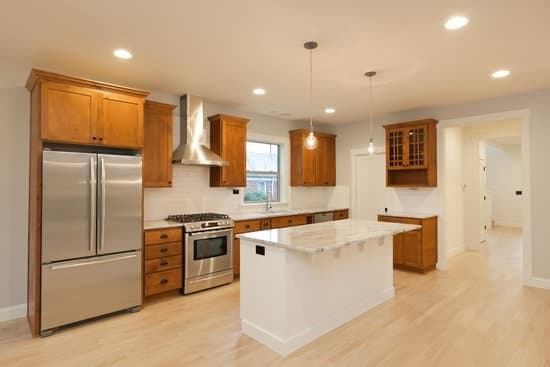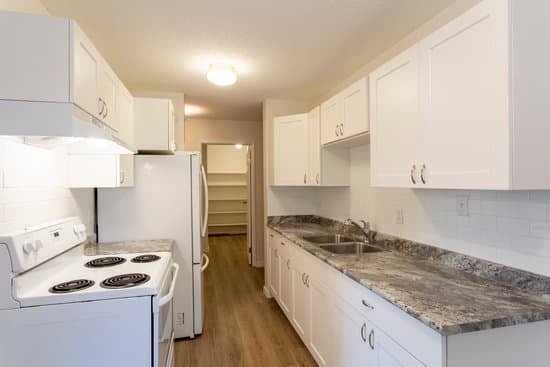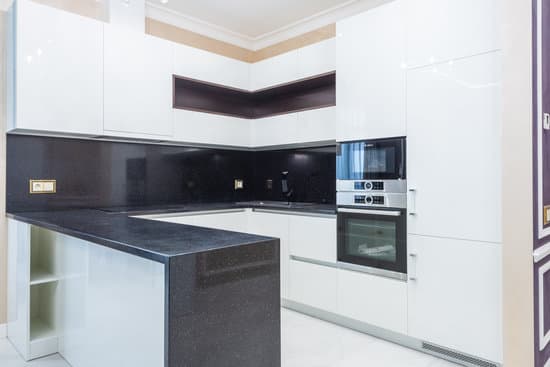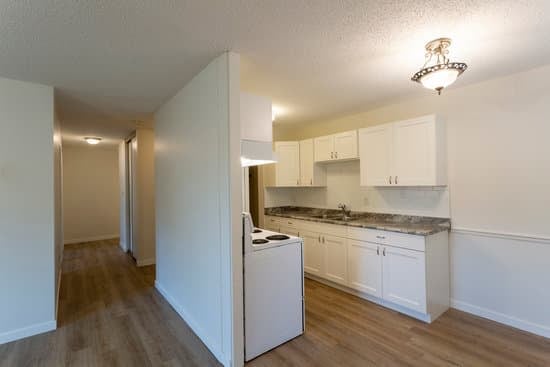Are you tired of your old, worn-out kitchen countertop? It’s time to take matters into your own hands and create a beautiful, durable countertop that will not only enhance the look of your kitchen but also withstand everyday wear and tear. In this article, we will guide you through the step-by-step process of making a kitchen countertop using safe materials and techniques. Get ready to roll up your sleeves and transform your kitchen with a stunning DIY countertop!
Choosing the Right Materials for Your Countertop
When choosing the right materials for your countertop, it’s important to consider both durability and aesthetic appeal. You want a countertop that not only looks good but also stands up to daily wear and tear. When it comes to countertop installation, there are various options available such as granite, quartz, marble, and laminate. Granite is known for its strength and durability, making it a popular choice among homeowners. Quartz is another excellent option as it offers both durability and low maintenance. Marble countertops are elegant but require more care due to their porous nature. Lastly, laminate countertops are budget-friendly and easy to clean but may not be as durable as other materials. By considering these factors of countertop durability along with your desired aesthetic appeal, you can make an informed decision on the best material for your kitchen countertop installation.
Measuring and Planning Your Countertop Design
To start, you’ll want to measure and plan your desired design for the countertop. Safety should be a top priority throughout this process. Begin by taking accurate measurements of your kitchen space to ensure a perfect fit. Consider any existing appliances or fixtures that may affect the design. Next, gather some design inspiration to help you visualize the look you want to achieve. Browse through magazines, websites, or visit home improvement stores for ideas. Keep in mind your budget considerations as well – there are various materials available at different price points, so choose one that suits your needs without breaking the bank. Planning ahead will save you time and money in the long run, ensuring a functional and beautiful kitchen countertop.
Preparing and Cutting the Countertop Materials
Once you’ve measured and planned your desired design, it’s time to prepare and cut the materials for your countertop. To ensure a successful outcome, follow these cutting techniques, tools, and safety precautions:
- Choose the right tools: Invest in a quality circular saw or jigsaw with a carbide-tipped blade specifically designed for cutting countertops. This will ensure clean and precise cuts.
- Mark your measurements: Before cutting, use a pencil to mark the dimensions on the countertop material. Double-check your measurements to avoid any costly mistakes.
- Safety first: Wear safety goggles to protect your eyes from flying debris. Additionally, using clamps or an extra set of hands can stabilize the material during cutting, reducing the risk of accidents.
Remember, practice proper cutting techniques by moving the saw slowly and steadily through the material. Take breaks when needed and stay focused on safety throughout the process.
Assembling and Installing Your New Countertop
Now it’s time to put all the pieces together and install your new countertop. Before you begin, make sure you have all the necessary tools and equipment, such as a drill, screws, level, and safety goggles. Start by carefully assembling the countertop pieces according to the manufacturer’s instructions. Use proper assembling techniques like using clamps or adhesive to secure the joints tightly. Once assembled, place the countertop in its designated location and check for levelness using a level tool. Make any necessary adjustments before proceeding. Next, attach the countertop securely to the cabinets or support structure using screws or brackets. Ensure that everything is fastened tightly for stability and safety purposes. Finally, clean any excess adhesive or debris from the installation area and enjoy your newly installed kitchen countertop!
Finishing Touches and Maintenance Tips for Your Countertop
After installing your new countertop, it’s important to know how to properly maintain and add finishing touches to keep it looking its best. To maintain the countertop shine, start by wiping it down with a soft cloth and mild dish soap. Avoid using abrasive cleaners or scrubbing pads as they can scratch the surface. For stubborn stains, make a paste of baking soda and water, apply it to the stain, and gently scrub with a soft cloth. To prevent stains and scratches, always use cutting boards and trivets when working with hot pots or knives. Avoid placing acidic foods directly on the countertop as they can cause discoloration. Additionally, consider sealing your countertop regularly to protect against moisture damage. By following these simple maintenance tips, you can ensure that your countertop stays beautiful for years to come.
Conclusion
In conclusion, making your own kitchen countertop can be a rewarding and cost-effective project. By choosing the right materials, measuring carefully, and following the steps for cutting and assembling, you can create a beautiful and functional countertop that fits your needs perfectly. Remember to pay attention to finishing touches and follow maintenance tips to keep it looking great for years to come. So go ahead and embark on this DIY adventure – you’ll be amazed at the results!







